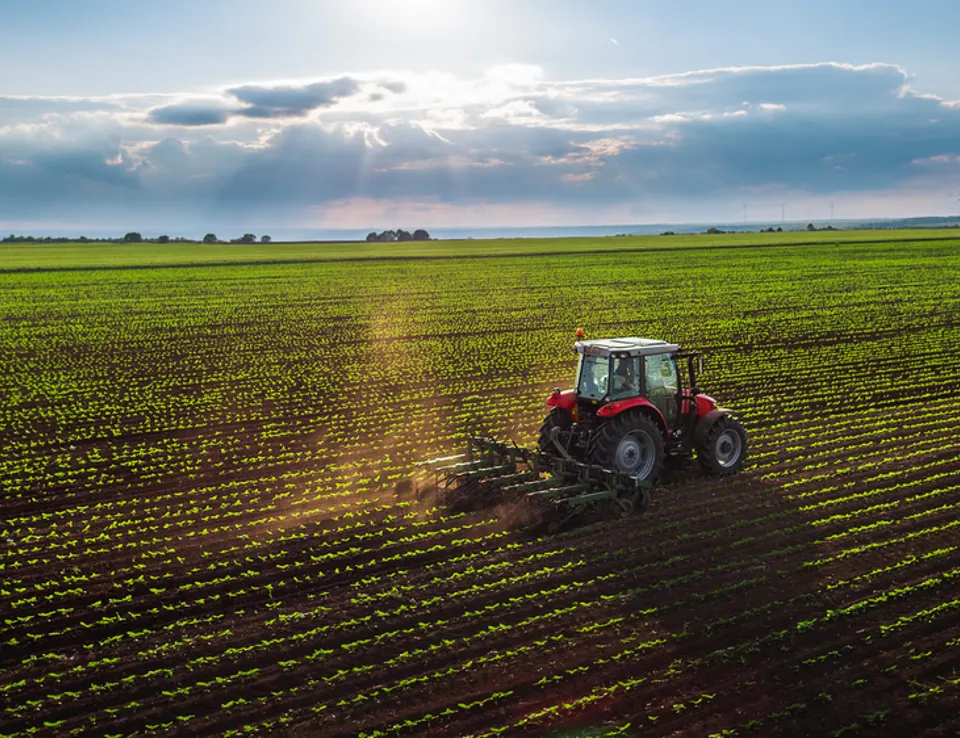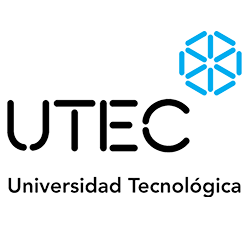Use of biochar by-product in sustainable agronomic applications (Uruguay)

This study evaluates the production of biochar from three cellulose-industry by-products—biosludge, bark, and primary sludge—via slow pyrolysis, seeking sustainable solutions for waste management and soil degradation in Uruguay. Feedstocks were processed in a rotary drum reactor at 400 °C, heated at 10 °C min⁻¹ for 30 minutes. Resulting biochars were analysed for carbon content, nutrients, heavy metals, surface area, and pH.
Biosludge biochar delivered the highest nutrient concentrations, notably calcium, potassium, and phosphorus, yet contained nickel at 51.8 mg kg⁻¹, surpassing regulatory limits. Bark biochar exhibited superior structural stability and moisture-retention capacity, favouring long-term carbon sequestration. Primary-sludge biochar offered a balanced profile, pairing moderate nutrient supply with solid carbon storage potential, making it suitable for varied agricultural use. All samples showed low surface areas, constraining adsorption performance, and their pH elevation effect on soil was temporary.
Despite these limitations, the results confirm biochar’s capacity to improve soil quality and sequester carbon. The study recommends optimising pyrolysis parameters—particularly higher temperatures—and adopting activation techniques to increase porosity and surface chemistry. Extended field trials are advised to assess long-term interactions with soils and microbial communities.
Overall, converting pulp-and-paper residues into biochar can simultaneously enhance soil fertility and lock away carbon, supporting carbon-farming initiatives and credit schemes. Implementing this strategy would allow the cellulose industry to reduce emissions, advance circular-economy goals, and address Uruguay’s soil-health challenges.

